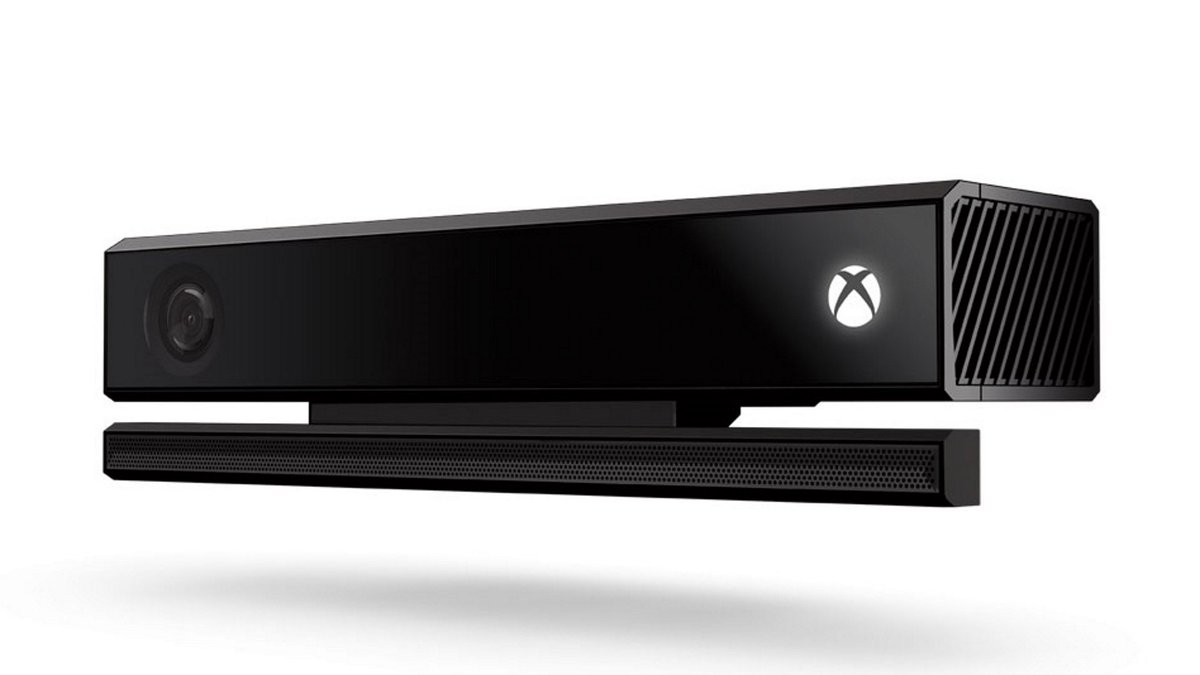There’d be no gaming without hardware. Consoles, controllers and weird, strange peripherals are incredibly important to the gaming experience and we wouldn’t have it any other way. Sadly, not all hardware is created equal, and no matter how much developers might try, some gaming hardware just fails to hit the mark.
We’ve compiled a list of 10 gaming hardware fails, and boy did some fail hard. This is certainly not a comprehensive list, these failures are based upon our own opinions. There are certainly more hardware out there that also failed hard, so if your favourite hardware fails aren’t on this list then don’t feel so bad.
(Dis)Honourable Mentions
There’s been so much terrible hardware that it seems a shame to miss out on so much, but here’s a quick run down of a few hardware fails that deserve to be mentioned, but we didn’t get a chance to fit in.
There’s a whole host of consoles that could’ve made this list, in fact we could’ve made a whole list with these alone. Sadly, we just couldn’t find room to mention the Phillips CDi, the 3DO, the various Amstrad/Commodore consoles, the Apple Pippin, Nintendo’s Virtual Boy and 64DD.
There’s also Tiger’s game.com, which could’ve taken up two spaces on this list because not only was it an awful handheld, but it also had one of the worst campaigns in gaming history in which it referred to potential customers as ‘idiots’.
There’s a couple pieces of prototype tech that failed simply because they never made it to market, including the internet only console the Phantom, which would have had no physical games and was digital only. Or how about the iSmell? Want to smell the gaming world you’re in? Then the iSmell could’ve been for you.
We can’t forget the Xperia Play, the PlayStation infused phone-console which bombed after Sony only sold inbetween 50-1,000 copies of the official ‘PlayStation certified’ games.
Motion controls have been around, and have failed, for longer than you think. You only have to look at the Sega Activator Motion Controller for the Mega Drive which looked cool, but didn’t really work. The PlayStation Move followed Nintendo’s suit with its handheld motion controllers, but never managed to reach the heights of the Wii. The EyeToy for PlayStation 2 is also a cool little peripheral, but one with limited appeal.
10. Wii U

The Nintendo Wii was one of the biggest successes in Nintendo’s history, but Wii U was one of Nintendo’s biggest console failures. The Japanese company had a rough start to the 21st century, with the Gamecube, which is a great console, being buried under the new console war between Microsoft and Sony, at least in the west. The Wii was such a success because it didn’t try and ‘outperform’ the other consoles on the market — it did something different.
The motion conroles of the Wii sold it to a more casual market, making the Wii Nintendo’s biggest selling home console ever. You’d imagine that the follow up to the Wii would be much desired. Sadly, this wasn’t to be, with the Wii U only selling just over 10% of what the Wii did. But why?
The Wii U was a confusing console. I worked in a games store when the WiU released, and even some hardcore gamers were unaware that the Wii U was actually a console. It seemed that many of my customers thought that the Wii U was just the tablet controller, and confused parents were annoyed when they had to shell out for a new console for Wii U games.I actually had one conversation where a customer was upset when they discovered they could only play the Wii U games on a Wii U console.
Perhaps casual fans just didn’t get it. Still, Nintendo bounced back with the Switch so all’s well that ends well.
9. Power Glove
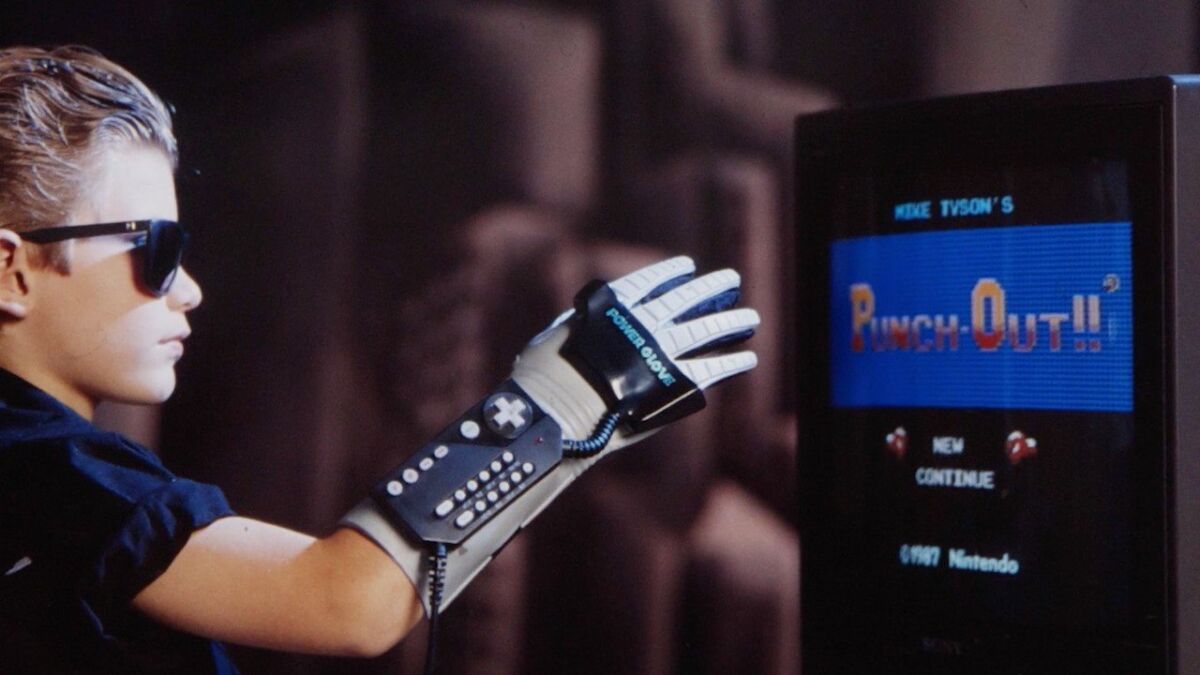
The humble video game controller hasn’t really changed a huge amount from the days of the NES. D-pads and buttons are all found on controllers today, unless you include the Kinect, and we certainly don’t. The early days of home gaming saw out of touch consumer executives treat video gaming the same as the toy industry, which considering many gamers were children, was understandable.
The design of the Power Glove was difficult to understand, however, aas it was basically a controller strapped to your wrist, which is as awkward and annoying as you can imagine. The glove could also be used to control a character on screen, and even had its own games. The idea of using a glove to control a character was definitely unique for the 80s, and preempted the motion controller fad nearly a quarter of a decade earlier.
Despite selling almost one million units, only two games were ever released for the Power Glove, with other games being announced but never released. The glove would still become a pop culture icon thanks to it being the focus of the Nintendo produced movie The Wizard, as well as receiving cameos in the likes of Freddy’s Dead: The Final Nightmare, Hackers and The Goldbergs.
8. Nokia N-Gage
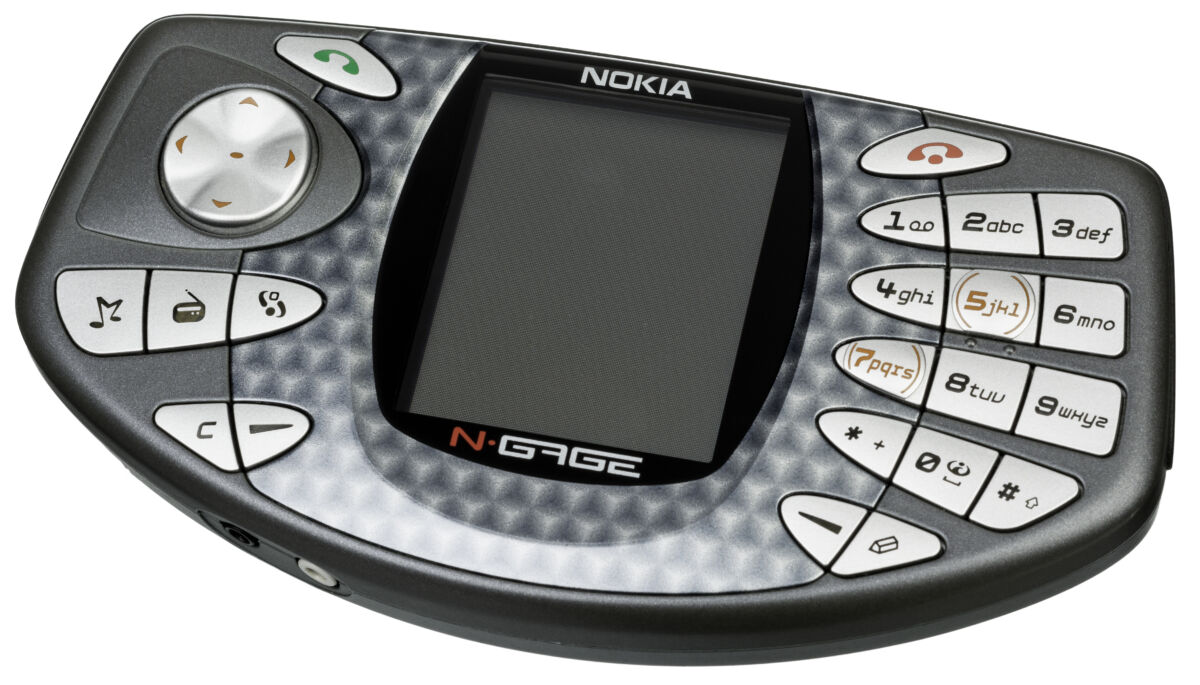
Since phones became more mainstream in the late 90s, they brought along an unexpected treat: ‘phone games’. Many of us 35+ year old adults have probably spent more time than we care to admit munching on those damned apples in Snake. Games would become more and more popular thanks to ‘WAP internet’.
WAP brought more complex games to phones, while improvements in phone technology brought more colorful and complex games that fit right in the palm of your hand. Two companies had their eyes on this ever growing market, but it’d be Nokia that struck first with their N-Gage phone/console hybrid in 2003.
The console wasn’t overly popular, likely down to the price tag of $299 on release, which was quite a lot back in ‘03. The N-Gage had shipped one million units 12 months on from its release, but do remember that shipping a unit isn’t the same as selling it.
The N-Gage would be discontinued in 2005, but Nokia continued to attempt to push the ‘phone-gaming’ market by turning the N-Gage into a service for other Nokia phones. The N-Gage service was available on several Nokia phones and the service saw the likes of FIFA, Metal Gear Solid Mobile and The Sims 3.
7. Xbox Kinect 2
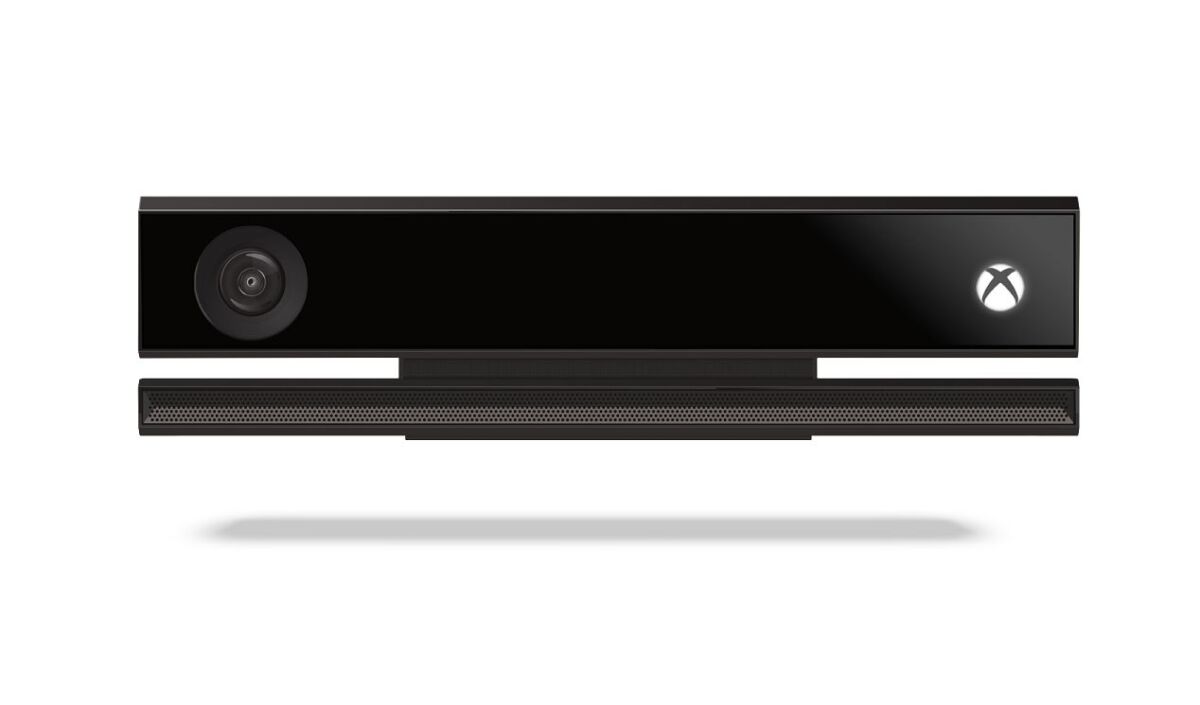
There’s many people that might argue that the Kinect was actually a success. They are wrong. Yes true, the Kinect actually had some impressive tech, but while that may be the case, did it translate to an enjoyable and fun experience? No it did not. For every Dance Central there’s a Steel Battalion: Heavy Armour, Hulk Hogan’s Main Event, Joy Ride, literally everything that wasn’t a dancing game.
It came very clear early on that you could never play a game that required more precision than randomly flailing around, unlike Nintendo’s Wii and Sony’s PlayStation Move, which could provide a much fuller gaming experience. To make matters worse, when Microsoft had a chance to cut the experiment off with the announcement of the Xbox One, they doubled down and announced Kinect 2, and it would be mandatory for everyone who purchased an Xbox One console.
Yes, you didn’t have a choice, the Kinect was bundled with each and every Xbox One console, and, to make matters worse, they announced that it would have to be plugged in at all times. Having a permanently live camera and microphone located in your front room made people understandably uncomfortable, and led to a fair bit of criticism following the Xbox One launch announcement event.
Only a handful of games were released for Xbox One’s Kinect, and most of those were standard games with Kinect features. Amazingly, the Kinect isn’t fully dead, and has been transformed into a peripheral which helps to build A.I algorithms called the Azure Kinect Development Kit.
6. OnLive
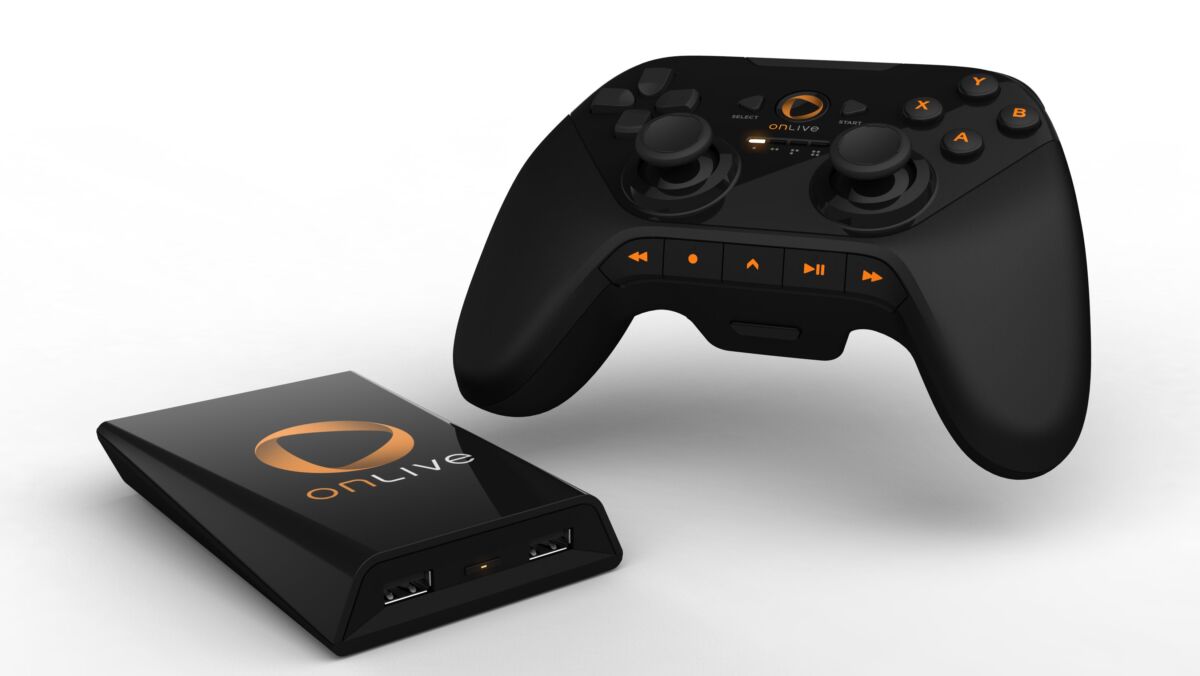
When Google announced Stadia only a few years ago, you’d have thought that they’d come up with the idea of streaming games themself. It may surprise you to find out that a little company tried to do the same things a decade earlier. Founded in 2009, OnLive was a company that aimed to bring streaming video games to the general public.
OnLive allowed players to stream games and much of the focus was on the OnLive micro console. Grab yourself a subscription and you could head online to play a multitude of games, without having to install them. OnLive was truly ahead of its time and journalists that played early versions of the service at trade shows commented that it worked better than expected.
However, bandwidth was the issue. Many of us (especially those located in slightly more rural areas) struggle with steady internet connection, even 10 years later. In the end, the world wasn’t ready for OnLive and the service was sold to Sony in 2015 and closed down OnLive. Sony would later use some of the tech in PlayStation Now, Sony’s cloud based subscription service. It certainly isn’t the end for cloud gaming, but judging by some of the issues Stadia has had over the last couple of years, it’s early days of that streaming.
5. Sega 32X
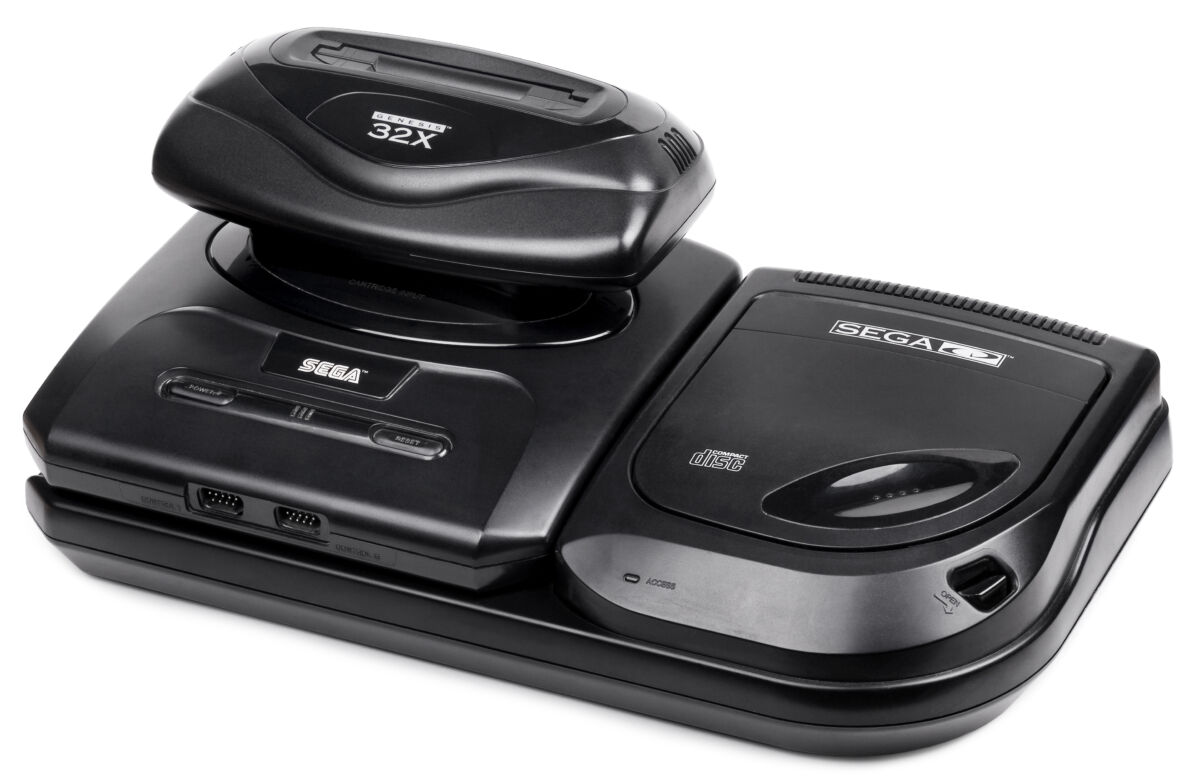
After six years on the market, the Sega Mega Drive (or Genesis for our American cousins) was showing its age. In 1991, Sega had given the console a fresh(ish) lease of life by introducing the Sega Mega CD, a CD add-on for the console which added a new dimension to the Mega Drive’s library. The world and its mother wanted a piece of 90s console gaming and Sega knew this.
Sega felt their next major challenge came from the Atari Jaguar, a new console which promised revolutionary power and graphics in a home console. Sega’s next console wasn’t yet ready, so in order to take on the Jaguar they devised another add-on for their aging Mega Drive: the 32X. The idea was a solid one, an add-on which is inserted into the cartridge upping the power of the Mega Drive from a 16-bit console, to a next-gen 32-bit console.
The 32X actually did fairly well on release, thanks to a low price and the promise of next-gen games, and it sold rather well. However, some developers found the 32X hard to program for, that, teamed with the fact that real next generation consoles were imminent, meant few games were actually released for the 32X, and some of those were only enhanced versions of Mega Drive games. Demand soon dried up and the 32X was seen as a commercial flop.
4. uDraw Tablet
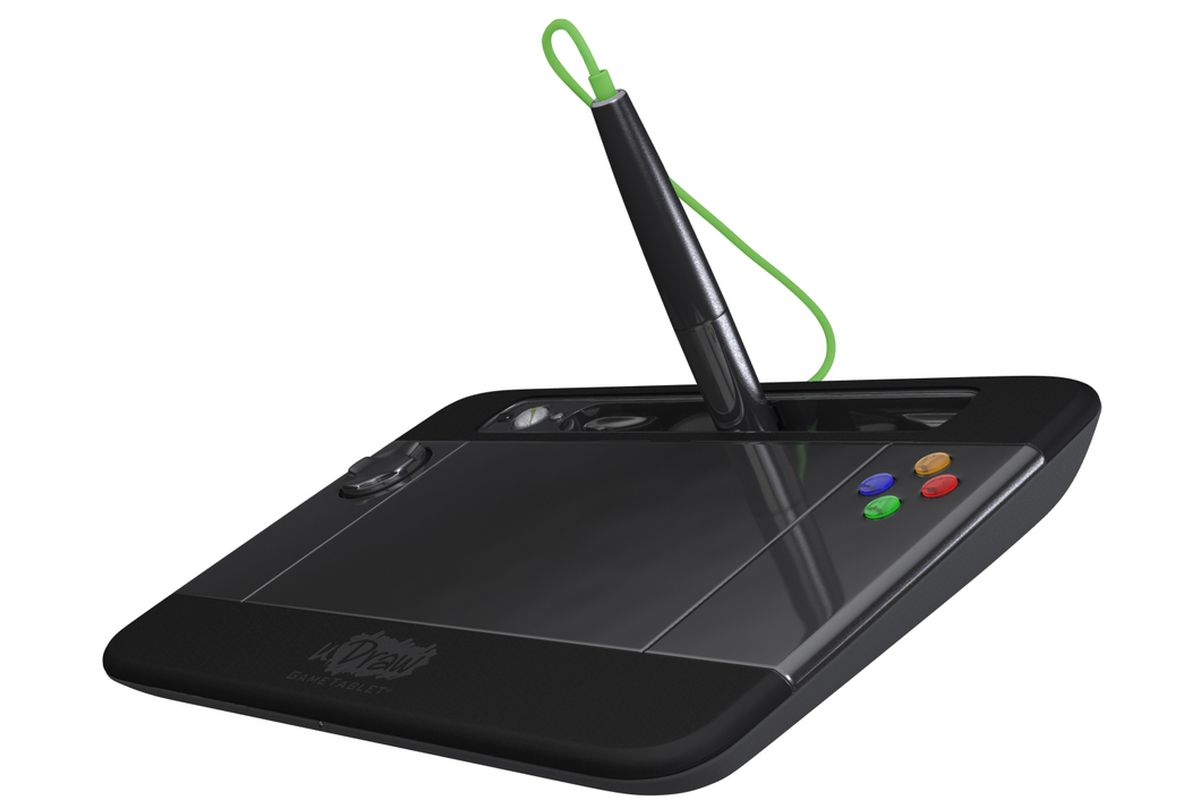
As you may have noticed, many hardware fails on this list weren’t always failures at first. Lots of hardware has initial sales that are pretty good, before tumbling downhill. THQ’s uDraw tablet is one of those failures.
The uDraw tablet debuted for the Nintendo Wii in late 2010 to positive reviews, and it would be supported with 10 games, all published by THQ, over the next 12 months.
uDraw moved an impressive 1.7 million units on the Wii, an impressive figure but not entirely surprising considering the solid quality of the hardware teamed with the family oriented appeal the Wii had. This led to the decision for THQ to port uDraw to the Xbox 360 and PlayStation 3. A major error.
The PS3 and 360, while undoubtedly popular with younger gamers, just didn’t have the same appeal as the Wii version, and the uDraw tablet would actually earn around $100 million lower than expected. THQ reportedly had around 1.4 million uDraw units just sitting around, without hope of being sold. THQ would eventually file for bankruptcy and uDraw was cited as one of the major mistakes that contributed to the downfall of the company.
3. Atari Jaguar
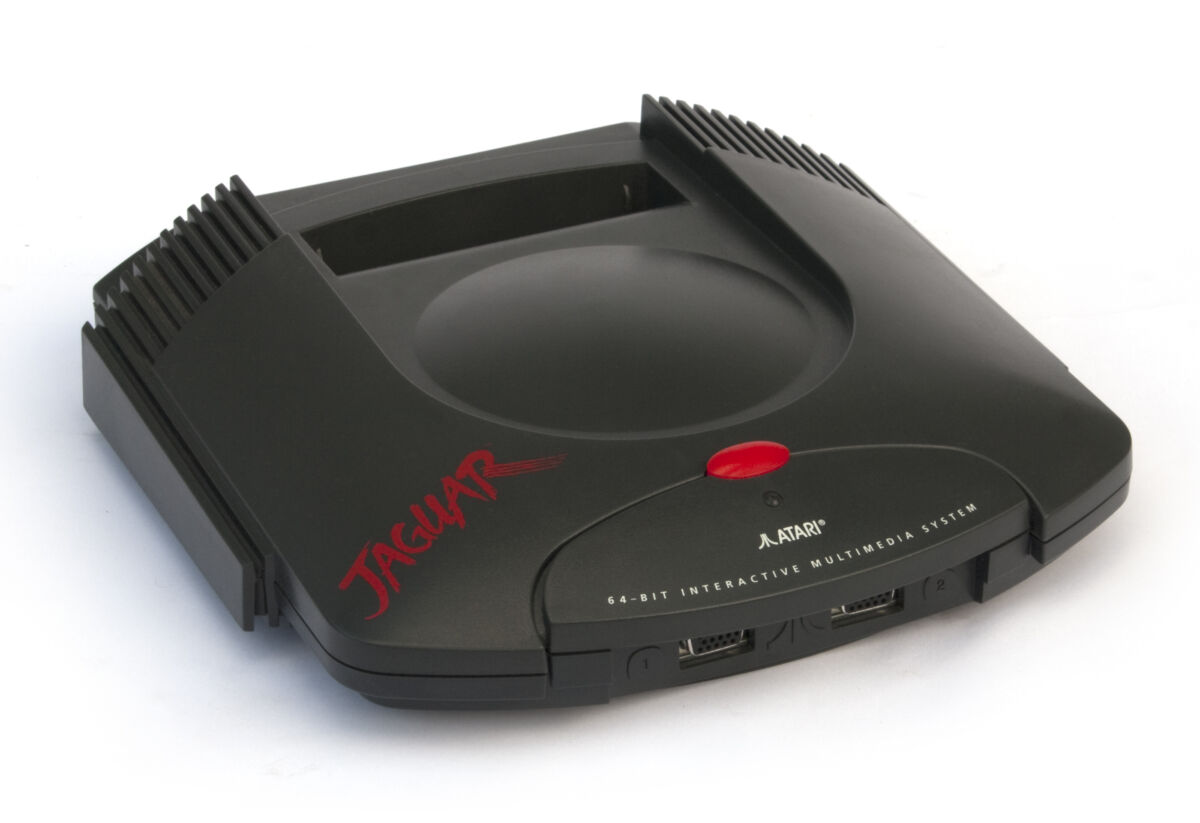
When the ‘64-bit’ Atari Jaguar was aggressively advertised as a competitor to the 16-bit Mega Drive and SNES, Atari challenged us to ‘Do The Math’. It’s a shame, as if Atari had done their own math, then we might have not been talking about this failure of a console today.
To describe the Jaguar as the world’s first 64-bit console would be generous. I can’t take anything away from the console, as when it was good, it was very good, and the likes of Cybermorph, Aliens vs Predator and Skyhammer were fantastic examples of early 3D graphics on home consoles. But the Jaguar actually had two 32-bit processors nicknamed Tom and Jerry. One would handle graphics and the other sound and there was a single, third microcontroller that would ‘tie everything together’. These separate processors made the Jaguar a difficult console to develop on.
Sales figures were sketchy, with rumours of only a couple of hundred thousand units sold at most, and Atari admitting it had only sold around $3 million worth of Jaguars.
Atari then released a Jaguar add-on, the Jaguar CD. It was an impressive unit, with Jaguar CD’s holding more data than conventional CD-Roms, even if the unit itself looked like a toilet. Sadly, these sorts of add-ons often do not attract new buyers and only appeal to those who already own the Jaguar, which weren’t many. The console fell under the wheels of the Sega Saturn and Sony PlayStation and has gone down in history as one of the greatest console failures of all time.
2. Tony Hawk: Ride
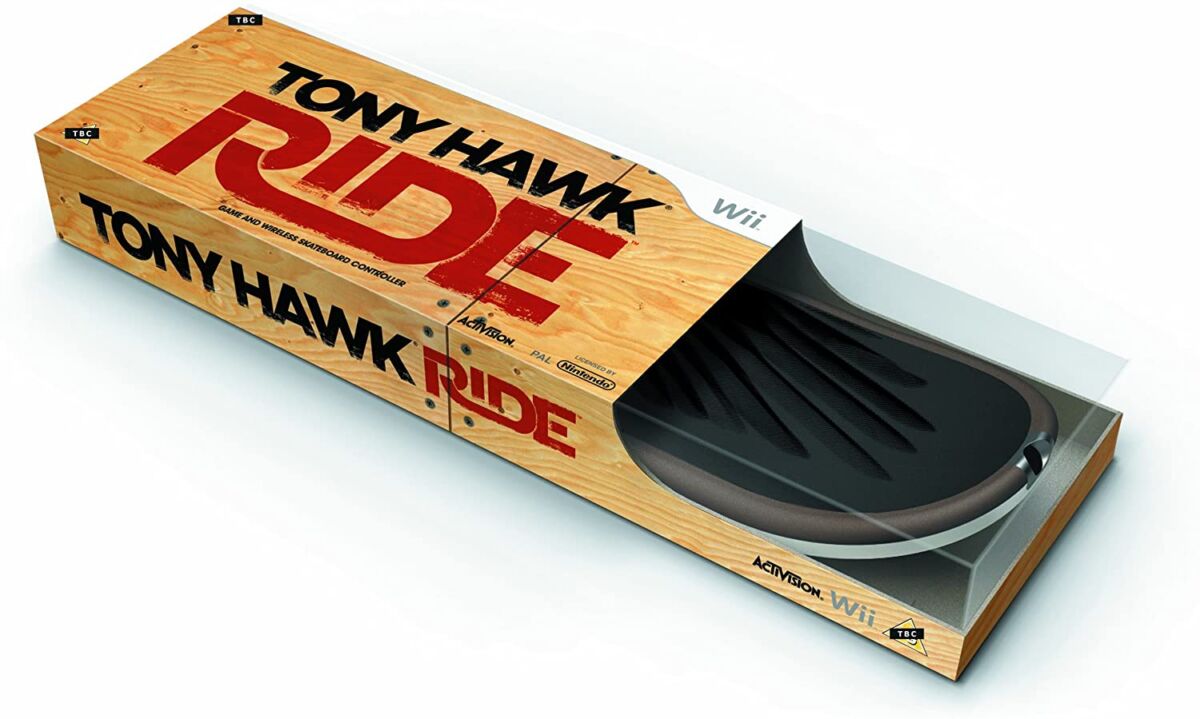
There was a combination of factors that led to the downfall of the Tony Hawk series. Skateboarding wasn’t as cool as it used to be, with wannabe skater-bois and gals long since abandoning their baggy jeans and Millencolin CDs. It’s ever so slightly unfair to call Tony Hawk: Ride the game that ultimately killed the franchise, but it was the game that took a nail and helped hammer that coffin shut with a sledgehammer.
By the time of Tony Hawk’s Pro Skater in 1999, the art of the yearly release had pretty much been perfected, and while that had worked for the likes of FIFA, by the time the mid-2000s rolled around the series was suffering from serious fatigue. The core gameplay hadn’t changed, so this led to a reboot of sorts with Tony Hawk’s Project 8, followed by Proving Ground a year later. Both games failed to make an impact, so Activision decided something drastic needed to be done.
Having recently become an expert in plastic peripherals with the Guitar Hero series, Activision decided that Tony Hawk could do with the same treatment. Tony Hawk: Ride came with a plastic skateboard that you stood upon, and well, kinda just shifted it around to perform tricks and stunts. Loaded with infrared sensors it detected your movements and translated it into actions within the game.
Sadly, the controls were imprecise, and Tony Hawk: Ride reviewed badly across the board. Ride also sold poorly, thanks to negative reviews and a $120 price tag for game and board, meaning it struggled to make it over the 100,000 mark in the first month. Unbelievably, Ride got a motion controlled sequel called Tony Hawk: Shred, which sold even worse, hitting only 3,000 units across all platforms in its first week.
1. Gizmondo

If you are going to create a gaming hardware failure, then they don’t get much worse than the Gizmondo.
Created by Tiger Telematics, not to be confused with Tiger Electronics, Gizmondo looked rather impressive, a games console that offered gaming, media, SMS support, GPS and a camera, and it was expected to make a splash when it debuted in 2004.
Gizmondo promoted the console with a ‘star-studded’ party, and launched the console in the UK at their very own store, located in a prime retail position in London’s Regent Street. There were two versions of the console: a standard version costing £229 and the ‘Smart Adds’ version. The Smart Adds version cost £129, a whole £100 less than the standard, only this version had adverts enabled, so while you saved a chunk of money, you got adverts on the device instead. However, the Smart Adds software was never activated, so if you spent the extra £100 to avoid adverts, you actually wasted your money.
However, problems reared their ugly head early on, and it was revealed that the Gizmondo only sold 5,000 consoles in their first three months on sale. Only 14 games were ever released for the Gizmondo, including FIFA 2005, SSX 3 and, ahem, Sticky Balls. The console was failing fast but that wouldn’t be the biggest problems Gizmondo would face.
A Swedish newspaper published an article with details the criminal history of executive Stefan Eriksson, and even went as far as to claim that he was the leader of the Uppsala Mafia, a loose organisation of violent criminals. Eriksson resigned from Gizmondo, but that wouldn’t be the last we saw of him.
Stefan Eriksson made headlines in the United States after crashing his rare Enzo Ferrari in Los Angeles while driving at 162mph. To make matters worse, Eriksson’s friend, Trevor Karney, asked to borrow the cell phone of another motorist after the crash. Sitting under the front seat of the passerby’s car was a fully loaded glock handgun.
This led to an investigation into Eriksson, and how he came to be living in the USA following the monumental failure of the Gizmondo. He eventually faced three years in prison as well as being deported from America.
Gizmondo would announce an updated version of the console, though it would never see the light of day.
READ NEXT: 10 Video Game Failures That Underwhelmed For Unique Reasons
Some of the coverage you find on Cultured Vultures contains affiliate links, which provide us with small commissions based on purchases made from visiting our site. We cover gaming news, movie reviews, wrestling and much more.


